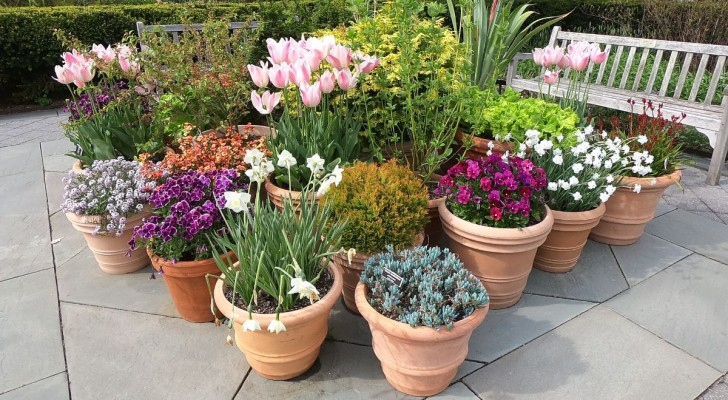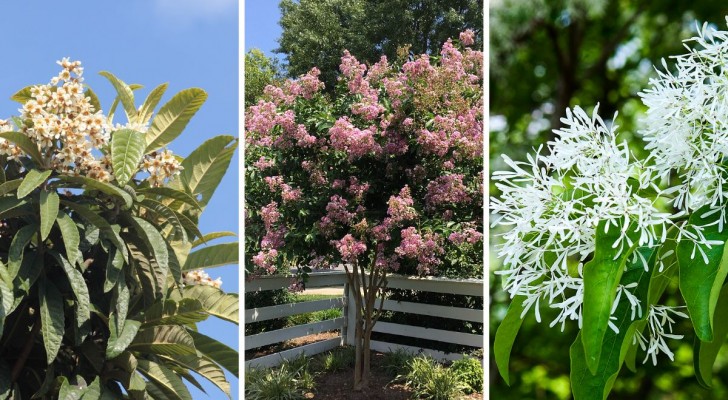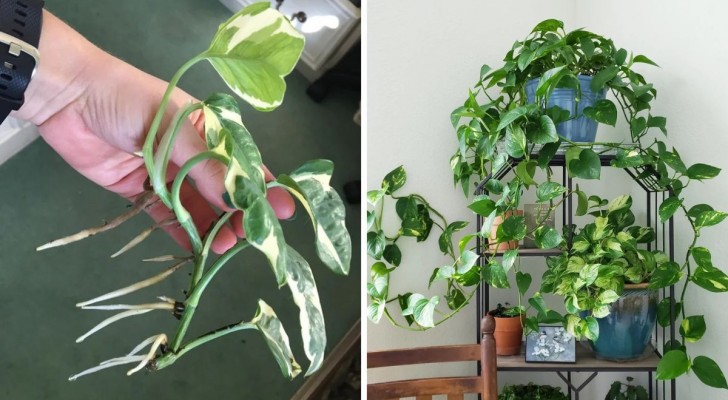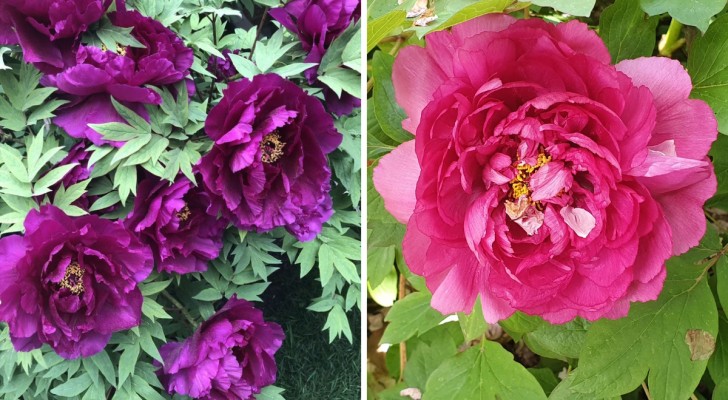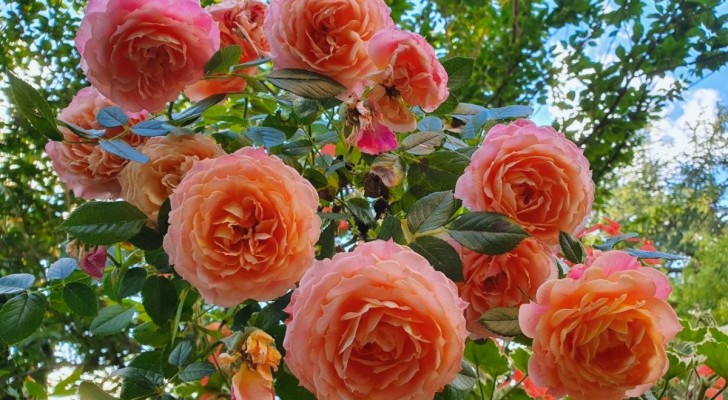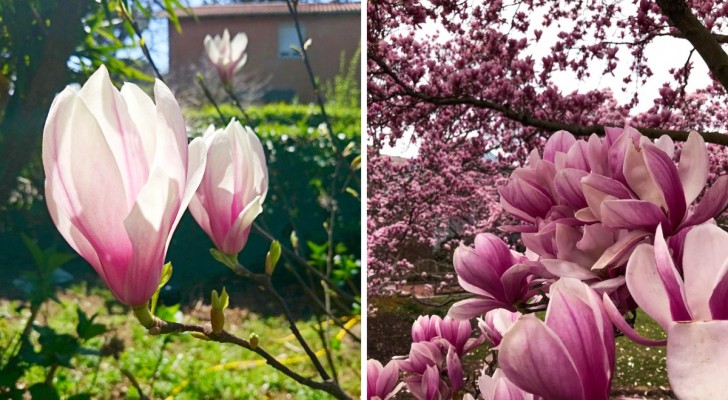Decorate your home with plants: discover 4 fascinating, indoor ferns
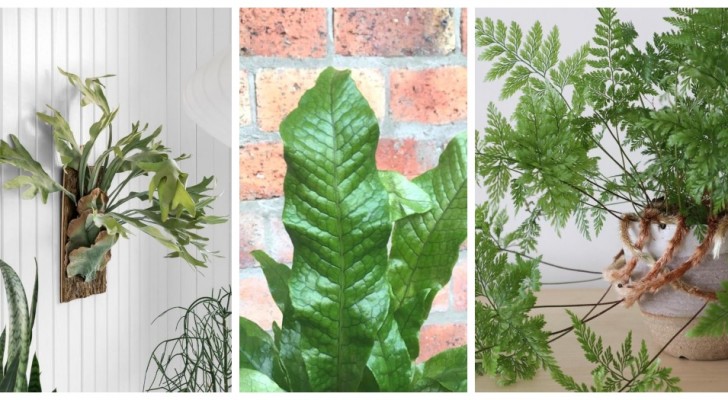
Anyone interested in the world of plants will certainly be fascinated by ferns: if to many these plants sometimes seem bland, (since they do not produce flowers), in reality they can prove to be amazing additions to our green corners. Not only that but, in fact, they have beautiful and unusual shapes and are often also suitable for indoor cultivation (but there are several that can be kept in a garden without a problem). They are fairly easy to care for and since many love partial shade and humidity, this allows you to add some greenery to environments like this and where other species cannot survive (like in the bathroom, for example).
From a botanical point of view, then, ferns have a lot of interesting characteristics: they were among the first plants to "emerge" from the primordial soup and colonize the land on the planet, and they reproduce through spores, (which appear as an almost invisible dust cloud) contained in the "pockets" (the sori) found on the lower / back sides of their leaves.
But let's get to the aesthetic aspect: we don't think of ferns as ugly, but some have more attractive shapes than others, and for this reason they could be even more beautiful when added to the home's decor, like the examples you see below:
Crocodile fern (Microsorum Musifolium)
This fern comes from Australia and its shiny, light green leaves have a texture that resembles the skin of a crocodile. They love bright locations, but not direct sunlight, and must be watered often and abundantly - especially in the warm seasons. When too much dust accumulates on the leaves, they will need to be cleaned with a damp cloth.
The minimum tolerated temperature is 15 °C (59 °F) , so they must be kept indoors in winter.
Rabbit's foot fern (Davallia)
Rabbit's foot ferns are a type of epiphytic plant (like orchids), which explains their most obvious characteristic: the hairy roots that protrude out of the earth on a sort of stick, which resembles the paws / feet of rabbits. In fact, these are used to gather up all the humidity in the air to nourish the plant, and they should never be covered with earth.
They love dim, filtered light, so you can also place them near north-facing windows (which many other plants don't like). However, avoid exposing them to direct sunlight, especially during the hottest hours of the day and in summer.
The Holly fern
Of the four suggestions in this article, this plant is perhaps the most resistant and suitable for growing in the garden. Its leaves are reminiscent of holly - but do not worry, this plant does not sting!
In the garden, they prefer shaded areas, even if they can tolerate the morning sun. However, if the winters are very harsh, they will need to be placed in sheltered places and may suffer a little before regrowing stronger in the spring.
At home, it is better to choose a medium-bright area, remembering to water them often.
Elk antler fern (Platycerium)
This fern species is also a epiphyte, but above all, is native to tropical areas. Therefore, unlike the others described above, they prefer brighter areas - even if they don't like being burned by direct sunlight either.
The fact that they are epiphytes makes them particularly suitable for growing on supports to hang on the wall, and makes them popular for interior design projects. If you do not plant them in a basket with soil but choose to try some projects in which they will be fixed to panels or vertical supports, remember to spray water often onto their foliage. If, on the other hand, you grow them in pots, you can treat them a lot like orchids: soak them in water for 15 minutes until the roots are saturated, then drain off the excess and put them back in their place.
Have you ever grown these ferns indoors?
